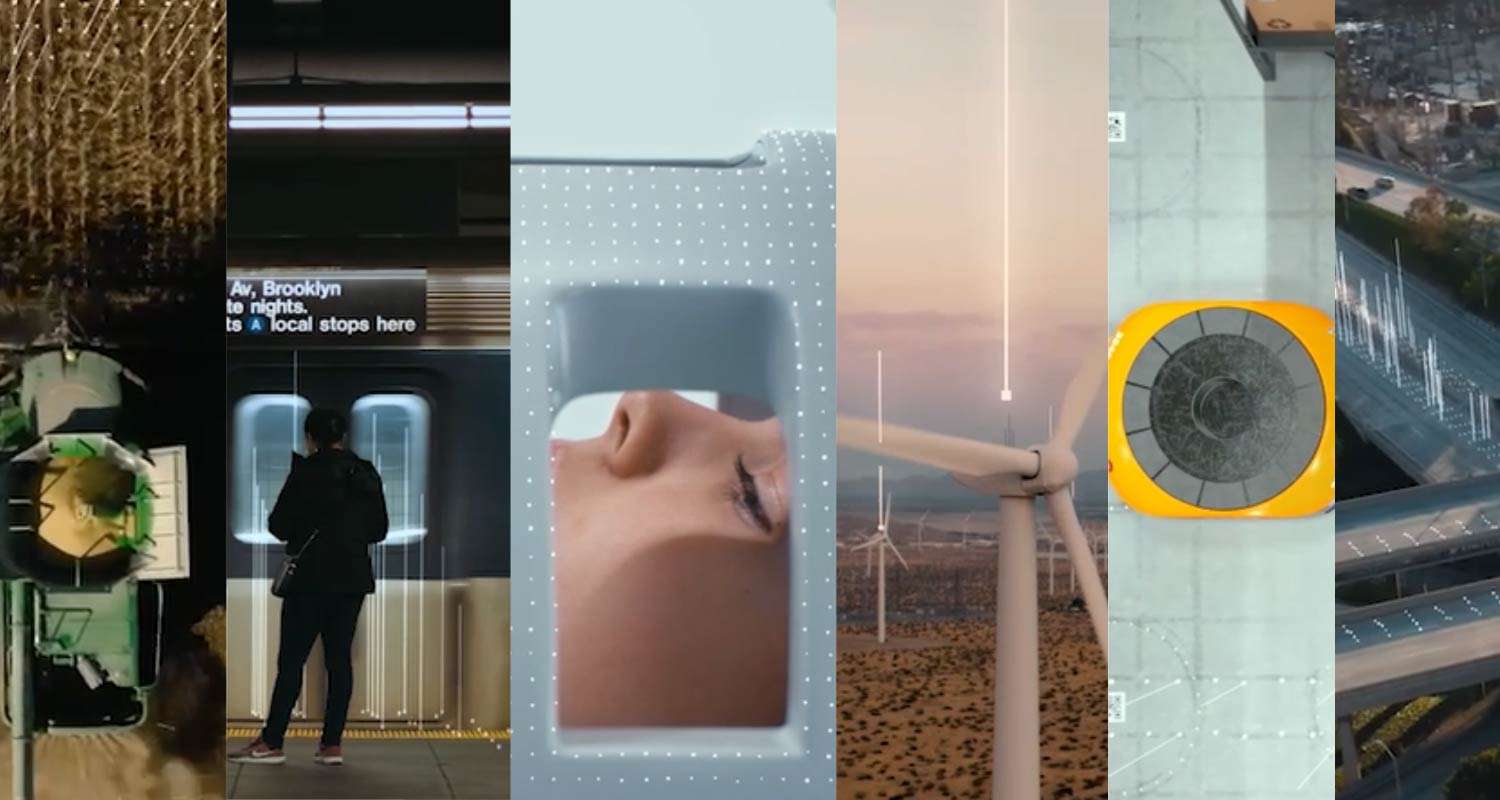Digitalisation and the internet of things change the way we interact with the world – indeed, more than 23 billion things are connected to the internet.
Successful IoT solutions require experience in several disciplines. Failures often occur because companies don’t consider these disciplines when planning and implementing solutions.
Telit Cinterion has been in IoT since before IoT was a term and has become a global, full-stack provider and leading Western brand behind some of IoT’s most successful and transformative deployments.
Basic elements to build and deploy an IoT solution
Hardware
In IoT, the thing is the device. Whatever your device is, you must choose how it connects to the internet.
For brownfield deployments (connecting something already deployed and not ready to be replaced), you might add connectivity with an external modem or router. However, embedding wireless technology directly into your device is ideal for new products.
Depending on the use case, you can choose from various wireless connectivity protocols, including:
- Wi-Fi
- Bluetooth wireless technology
- Cellular
- Satellite
- Unlicensed LPWAN technologies (for example, LoRaWAN)
Whichever wireless protocol you choose, you must meet and test against standards and regulatory requirements and attain certifications. You may have to choose multiple frequencies for global coverage.
IoT connectivity
Once hardware capabilities are embedded into your device, you’ll need a partner to provide and manage network service. The more countries you wish to deploy in, the more complex this decision can become.
Some countries require a local service provider and restrict roaming agreements. Radio frequency bands used by carriers globally vary greatly. A comprehensive understanding of connectivity issues is crucial to selecting the right network partners.
IoT device logistics include several steps before deployment. Carriers provide a connectivity management platform (CMP) to manage transitional states and classify Sim service levels.
CMPs monitor device activity through the Sim and feature an application programming interface that allows IT to use the information in other support systems. Each carrier has its own CMP. Multiple CMP solutions add to device management challenges when deploying a global solution.
Service providers may not allow a connection even though a device is compatible with the network. The device must use some form of Sim to access a service provider’s network.
Software
Software that translates sensor data into business intelligence is called an IoT platform. Questions to ask when sourcing an IoT platform to support your application:
- Can I manage the communications link to my devices?
- Does it enable device management, including firmware updates?
- Does it integrate with my company’s existing enterprise and operational software?
- Does it enable me to monitor and control my devices?
- Does it enable edge capabilities?
- Is it secure?
- Is it scalable?
 Common platforms on the market
Common platforms on the market
CMP
CMPs enable IoT connectivity management for devices across one or more networks. CMPs enable:
- Activation, provisioning or decommissioning of one or many devices
- Connection quality optimisation
- Roaming management between or across networks
IoT platform
An IoT platform integrates and enables IoT solutions and connects devices, machines and applications. These platforms provide edge intelligence and connect to secure cloud services to improve functionality and accelerate time to market for complex vertical enterprise IoT applications.
Device management platform
IoT solutions are often made up of disparate remote devices or machines. Because they may not be in close physical proximity, they’re difficult to update and service. RF hardware and communication software must be integrated to manage these remote devices. Integration enables software to track and show the device’s functionality details to manage and control it remotely.
IoT security
IoT devices often use protocols and transmission formats not utilised by other enterprise operational or backoffice systems. Enterprises are concerned about increasing the potential attack surface with additional entry points as they connect.
Edge vs cloud
IoT leverages cloud services to:
- Remotely access, assess and manage geographically dispersed devices
- Aggregate disparate data formats
- Enable a comprehensive view of many assets
Relying entirely on the cloud can have disastrous consequences if the device loses its connection.
Many IoT applications leverage edge computing to mitigate these concerns. They integrate computing power and intelligence into the device or a nearby gateway capable of making simple decisions and issuing control commands.
Integration
Enterprises often combine professional and managed services with platform-based solution development to supplement the powerful things platforms can accomplish.
As a group, these professional services are considered integration services and touch each solution element.
At the edge, hardware development may require engineering and design services, including:
- PCB layout
- Antenna design
- Mechanical design
- Firmware development and customisation
Across all layers of the stack, IoT applications require testing and validation to ensure success.
Evolution of IoT enablement
Adopters of new IoT solutions benefit by leveraging the knowledge of organisations that have been there before. None can address the full stack like Telit Cinterion.
About Telit Cinterion
With more than 30 years of experience and more than 50 awards in five years, Telit Cinterion deliver the only secure, holistic enablement approach to connect, manage and scale IoT.
Don’t miss:
IoT connectivity management in South Africa – expert insights



